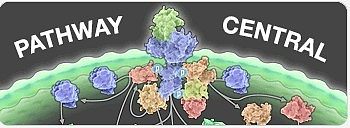FISHing for Cytokines: Methodology Combining Flow Cytometry and In Situ Hybridization
互联网
994
Changes in steady-state mRNA levels may represent early molecular events in immune cells that can ultimately predict and define cellular function, activation, differentiation, and transformation (1 ). The ability to detect and accurately quantitate these changes in specific cells in a rapid fashion would provide an extremely sensitive measure of the regulatory process in cells leading to immunological activity (i.e., inflammation, infectious disease, autoimmunity, and so forth). Cytokine specific mRNA has been measured in tissue and cells by a variety of methods, including Northern blot analysis (2 ), polymerase chain reaction (PCR) (3 ), and in situ hybridization (4 ). The sensitivity of blot analysis, which requires radioactive labeled probes, is low, requiring many cells (or sufficient tissue) with high expression of mRNA for detection (5 ). A more important limitation of this technique is that the cellular source of the specific RNA species can not be identified. PCR probably represents the most sensitive method to detect mRNA. However, there are inherent problems with quantitation (3 ) and, as stated for Northern analysis, there is no indication of the cellular source of the message in a heterogeneous population of cells. This information is vital for determining whether changes in cytokine mRNA levels reflect changes in the frequency of cells expressing a specific message, alterations in the level of cytokine gene expression, or both (6 ). On the other hand, methods of in situ hybridization have been described for detecting specific mRNA in cells and tissue using radioactive probes (6 ,7 ), such as 35 S, as well as nonradioactive probes that have been labeled with fluorochromes (8 ), immunocytochemically detectable enzymes (7 ), or biotin (9 ).









